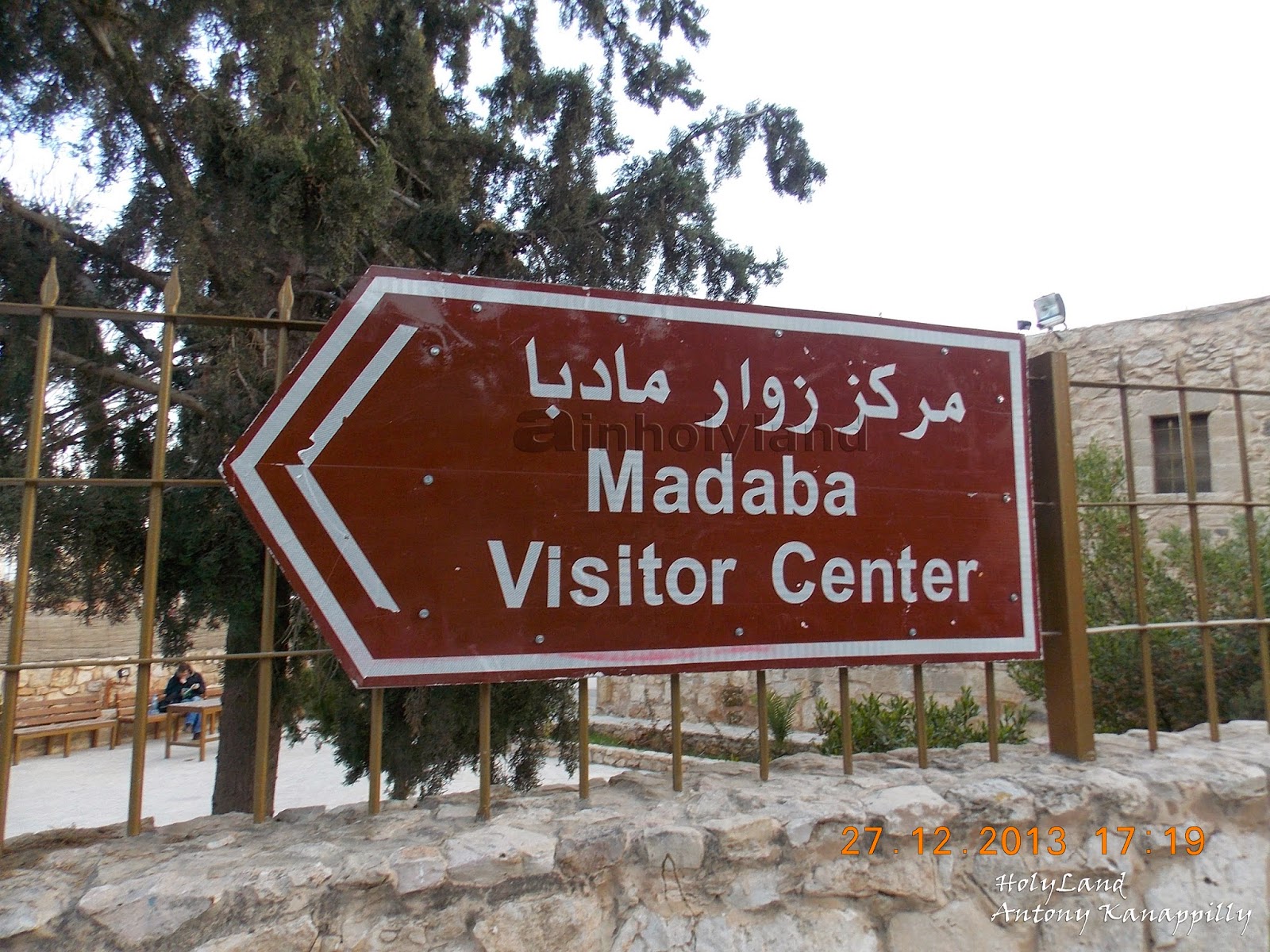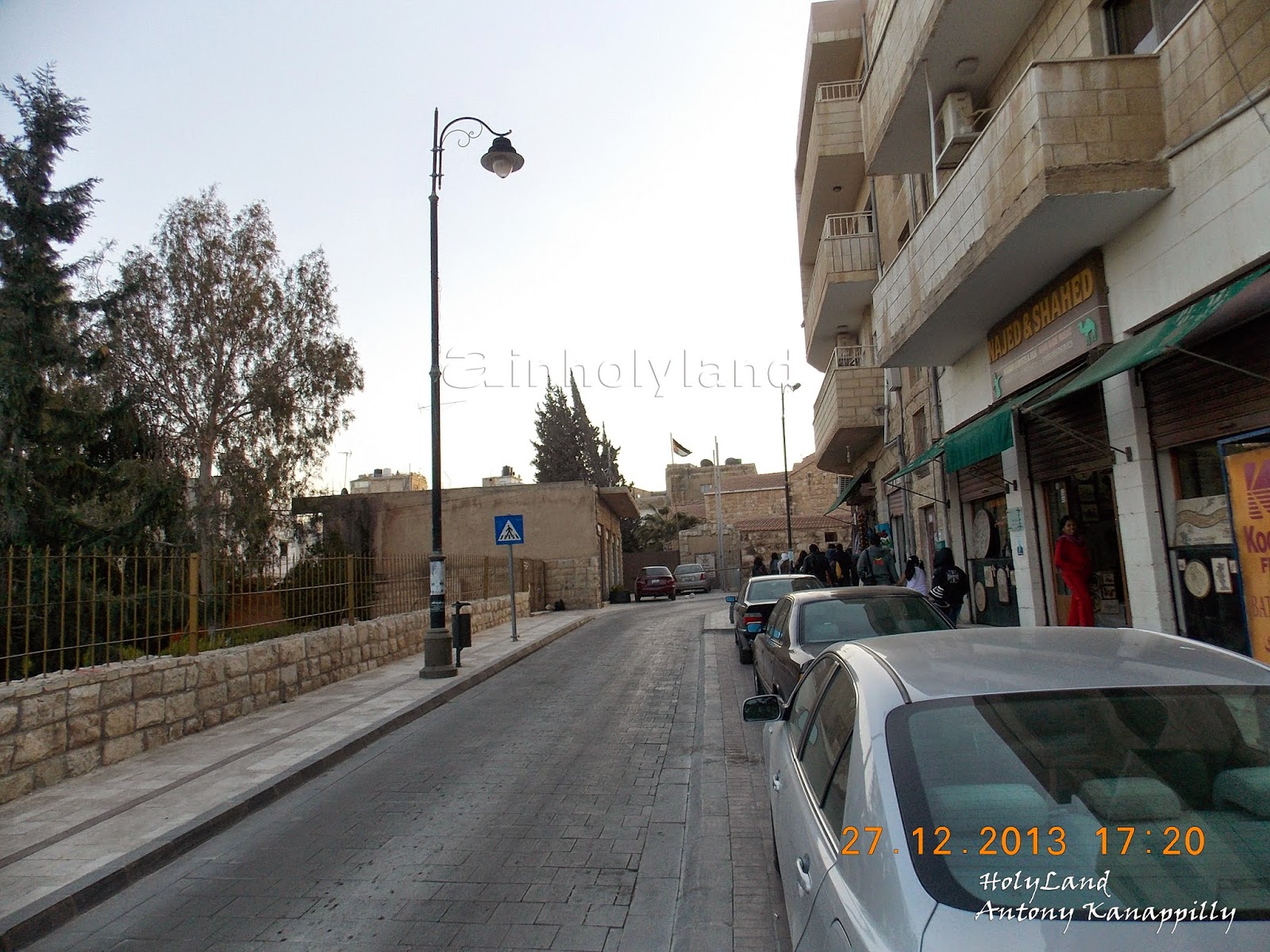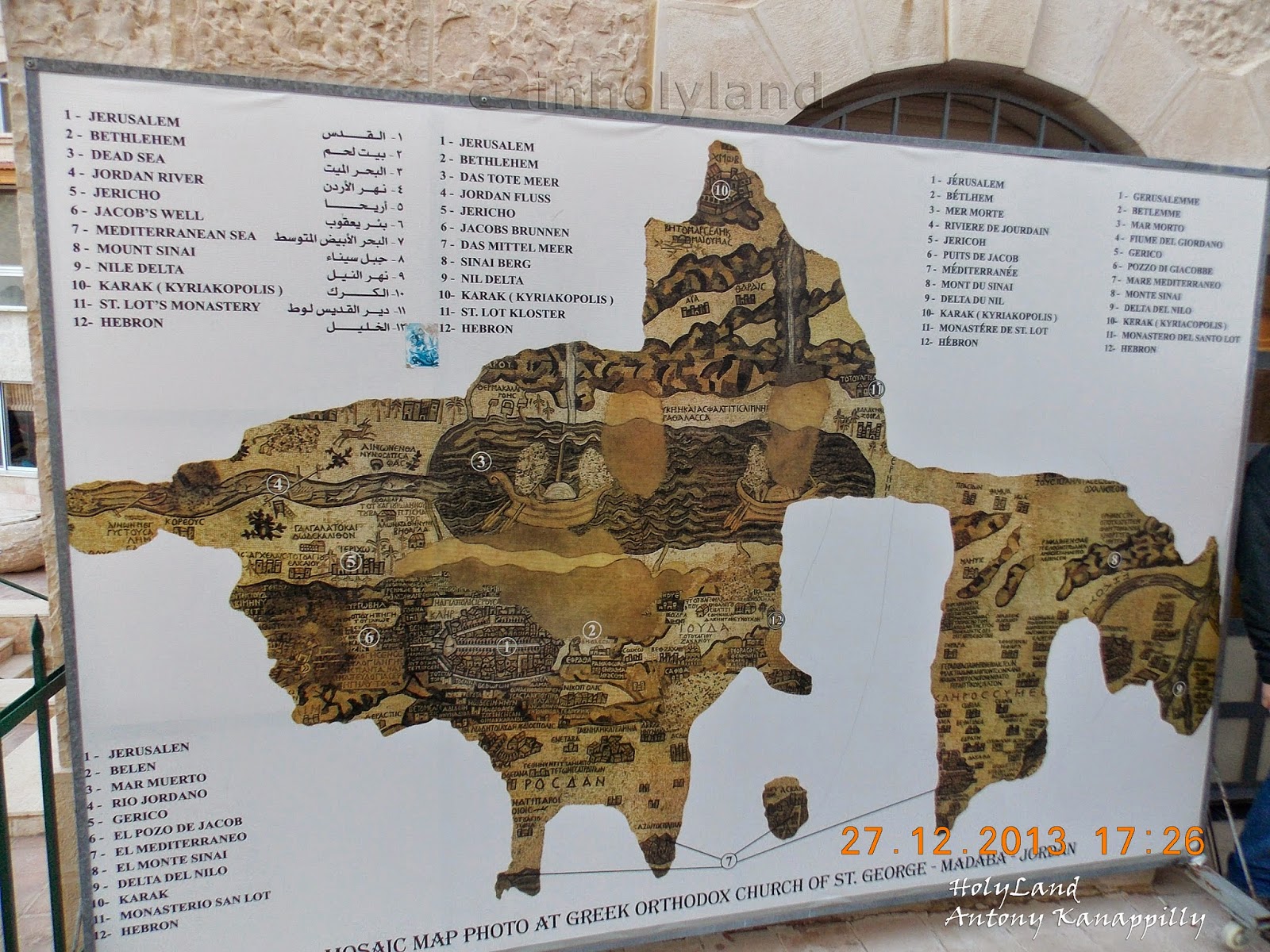Jackson-McCabe, Matt, ed.
Reviewed by Isaac Oliver
Scholars have made considerable progress since the
nineteenth and early twentieth centuries, when specialists in ancient Judaism
and early Christianity, such as Emil Schürer, referred to the Judaism of
Jesus' time as Spätjudentum ("Late Judaism").[1] The
use of this term reflected the common Christian belief that ancient Judaism,
as a religion consumed by decadence, had been rightly replaced by its
superior, shinier Christian peer. For too long, the reading of the New
Testament was entirely divorced from its Jewish context, and many of its
ancient authors, especially Paul, were viewed as the first great Christian
(and consequently non-Jewish) theologians of the Church.
However, certain events proved decisive in transforming
this Christian anti-Jewish rhetoric into a favorable formulation of Judaism.
The discovery of the Dead Sea Scrolls, written during the Second Temple
period-the new term now used as a replacement for the inadequate and
admittedly biased term "inter-testamental Judaism"-informed
Christian and Jewish scholars alike of the great diversity and vitality of
Judaism in antiquity. In addition, the terrible events of the Holocaust as
well as the establishment of a modern Jewish State shook the foundations of
Christian supersessionism, forcing Christian scholars to reassess their
theological and historical presuppositions about Judaism. The New Testament
was finally viewed again within its Jewish matrix. Instead of talking of
Jesus, Paul, and Peter as the first Christians, these characters were now
reclaimed as Jewish figures who shared ideas and practices common to the
diverse world of Second Temple Judaism.
Although the books and main protagonists of the New
Testament are now included by mainstream scholarship within the Jewish stock,
what elements, if any, are distinctive and may qualify as
"Christian"? Such are the current challenges for scholars seeking
to re-define the entities of "Christianity" and
"Judaism," and the many social religious groups lying in-between
and beyond these two poles of the spectrum. This project becomes particularly
acute when discussing the so-called entity of Judeo-Christians, a group of
early Christians who have been defined in various ways by scholars as
"Jewish" either because of their ethnicity, allegiance to the
Torah, or appropriation of some form of discourse that is identified as being
particularly Jewish. These questions are now discussed in a new book edited
by Matt Jackson-McCabe, Jewish Christianity Reconsidered. This
volume coincides with the publication of another important work dealing with
many similar issues edited by Oskar Skarsaune and Reidar Hvalvik.[2] Both
works explore the various New Testament books that portray early followers of
Jesus not simply as Christian, but also as Jewish, hence Jewish-Christian.
While some may entirely discard the utility of defining
an ancient entity as "Jewish-Christian," since, in principle, all
of early Christianity could be viewed as Jewish, McCabe and many of the
contributors of his book still believe that such a categorization proves
useful, since its ambiguity forces modern thinkers to reassess their
conceptualization of Christianity and Judaism. McCabe provides his own
introductory article on the history of research of Jewish-Christianity,
underlying the problems attached to this label and describing the different
presuppositions held by scholars who have approached the topic. Many will
find this article extremely helpful for providing a broad, clear discussion
on the various nuanced attempts made by scholars in defining Jewish
Christianity.
Earlier scholarship tended to reduce the significance
of ancient Judeo-Christians by confining their existence to heretical groups
that were either ethnically Jewish and/or attached to Torah observance. More
recent research has gradually moved away from such assumptions and developed
new positions and vocabulary in an attempt to redefine this ambiguous
category. The various terms, with different meanings depending on the scholar
who coined them, are listed in McCabe's chapter and include among others:
"Semitic Christianity," "Judaic Christianity,"
"Judaistic Christianity," "Hebrew Christianity,"
"Hebraic Christianity," and more recently "Christian
Judaism." This diverse taxonomy reflects the difficulty scholars have
had in classifying this ambiguous brand of early Christians. Of course, we
should remember that this scholarly jargon is entirely artificial and modern.
None of the early Jewish followers of Jesus would have identified themselves
as "Jewish-Christian," since the entities of Christianity and
(rabbinic) Judaism were still in the making. Nevertheless, McCabe and some of
his colleagues find it useful to talk of such categories in order to make
better sense of the complex and diverse worlds in which these early followers
of Jesus lived. Certain readers who are familiar with contemporary
Jewish-Christian movements will find this semantic discussion particularly
interesting, as it seems to parallel in some ways the equally puzzling and
diverse worlds of modern Messianic Jews, Hebrew Christians, Hebrew Catholics,
Hebrew/Jewish Adventists, and so on.
Besides McCabe's very helpful article on the history of
research and the different morphologies of Jewish Christianity, other
chapters of this book written by various authors are concerned with either
specific books or groups of early Christians and their relation to the rubric
of "Jewish Christianity." Here a variety of interpretations emerge
depending on the scholar and ancient literature involved. Perhaps, the most
significant and provocative position is formulated by John W. Marshall's
article, "John's Jewish (Christian?) Apocalypse."[3]Marshall
is correct in disagreeing with Adela Yarbo Collins, who described the author
of the Book of Revelation as alienated from the Judaism of his time.[4] More
significantly, Marshall argues that the epithet "Jewish-Christian"
is inappropriate for understanding the value of Revelation as a thoroughly
Jewish writing. Marshall prefers to qualify Revelation as simply Jewish in
order to highlight its author's solidarity and identification with Judaism.
Marshall's corrective, in my opinion, is persuasive and convincing. When read
in this light, Marshall interprets verses such as Rev 2:9 ("those who
say they are Jews but are not, but are a synagogue of Satan") not as a
statement demarcating Christians from other Jews, but rather as an
appropriation by the author of Revelation of the term "Jew" as one
belonging to him.[5] The
author of Revelation identified himself with other Jews and chose to direct
his invective against non-Jews as well as the Roman Empire, which he saw as
responsible for the crucifixion of Jesus and the destruction of Jerusalem.[6]
Equally interesting is Jonathan Draper's article,
"The Holy Vine of David Made Known to the Gentiles through God's Servant
Jesus: "Christian Judaism" in the Didache."[7] Draper
places the Didache within the category of "Christian
Judaism," and believes that the admonition inDidache 6:2-3
("For if you can bear the entire yoke of the Lord, you will be perfect;
but if you cannot, do as much as you can. And concerning food, bear what you
can . . . .") was addressed to Gentile converts. Accordingly, the
community of the Didache, in a similar fashion to the council of
Jerusalem as described in Acts 15, decided not to impose upon non-Jewish
Christians the obligation to observe the Torah in its entirety, but did
encourage gradual adoption of Mosaic precepts, which could have even included
circumcision.[8] In
contrast to certain scholars, Draper rightly disagrees with qualifying the
community of the Didache as having separated from Judaism,
positioning it instead within the broad and diverse world of the Jewish
Diaspora.[9] Draper
concludes that the Didache represents the first adaptation
of the followers of Jesus to the world of Diaspora Judaism and to the
Gentiles who wished to associate themselves with them, not requiring non-Jews
to practice circumcision in order to fellowship with them but hoping for the
eschatological age when Gentiles would completely submit themselves to the
yoke of the Torah.[10]
Along similar lines of reasoning, Warren Carter's
article "Matthew's Gospel: Jewish Christianity, Christian Judaism, or
Neither?"[11] debates
whether Matthew's Gospel should be viewed as a "Christian-Jewish"
or a "Jewish-Christian" document. Warren first refers to Anthony J.
Saldarini, who viewed Matthew's Gospel as addressing a Christian-Jewish
community and representing a Christian form of Judaism.[12] Saldarini
believed that the Matthean comments on Law, Messiah, and Jewish authorities
stemmed from someone inside the Jewish community and were representative of
first-century Judaism. Saldarini went as far as taking Matthew's silence on
circumcision as evidence for the Gospel's support for such a practice among
Gentile converts.[13]
Carter then turns to Hagner who has argued more
recently that Matthew crafted a Jewish form of Christianity instead of a
"Christian Judaism" (contra Saldarini). Hagner's thesis, however,
is based on certain theological assumptions, which in my opinion are no
longer adequate. As noted by Carter, Hagner overemphasizes the supposed
uniqueness and newness of the Gospel of Matthew in order to argue that
Matthew's community had been dislocated from first century Judaism. But the
study of early Christianity within its Jewish context reveals how much the
first Christians shared common ideas and practices with their fellow Jews. It
is no longer possible to aggrandize the novelty of early Christianity,
especially when Jesus and his movement are studied within history and placed
in their proper Jewish sphere. Thus, Carter sides with Saldarini's taxonomy,
preferring to classify Matthew as part of Christian Judaism rather than
representing a new form of Jewish Christianity.
Nevertheless, Carter highlights the limitations of such
a definition, since it only signals one facet of the Gospel of Matthew (its
interaction with Judaism) and overlooks other aspects that the author of
Matthew was confronted by, namely, Roman imperialism. According to Carter,
the ways in which the Gospel of Matthew negotiated with life under Roman
imperial rule is a question that has been highly neglected by scholarship.
Analyzing different Jewish and non-Jewish responses to Roman power is a
promising field for further research.
While Hagner, Marshall, and Draper represent the
current trend, which emphasizes early Christianity's inclusion within its
Jewish environment, Raimo Hakola, on the other hand, seems to go against the
swing of the pendulum by underlining the impropriety of classifying the Gospel
of John as Jewish-Christian. In "The Johannine Community as Jewish
Christians? Some Problems in Current Scholarly Consensus,"[14] Hakola
relates how mainstream scholarship at the end of the nineteenth and beginning
of the twentieth century saw behind the Gospel of John a community that had
drifted away from its Jewish roots. Johannine features such as its
christology, determinism, and dualism were understood as being part of the
generalizing rubric of "Hellenism." John was viewed by some as
reflecting a time when the earlier conflicts between Hellenistic Christians
and Jewish Christians were left behind and the separation of Christianity
from Judaism had been completed. But with the discovery of the Dead Sea
Scrolls, scholars reaffirmed the Jewishness of the fourth canonical Gospel.
Certain features, such as John's dualism, could now be compared with the
dualism of the sectarian Qumranites (e.g., the Community Rule).
Nevertheless, Hakola believes that it is improper to
apply the epithet "Jewish-Christian" to the Johannine community,
unless this term is confined to its ethnic-ideological dimension. At the
praxis level (Torah observance), however, the Johannine community does not
fit well within the Jewish-Christian rubric, since, according to Hakola,
Jesus is portrayed in John as above the Law and as superior to Moses.[15] Hakola
also discards interpreting the Johannine community as a group persecuted by
the leading Jewish authorities (often identified with the early rabbis),
claiming that no evidence exists for such synagogue-organized persecutions,
and that other theological and religious developments must be taken into
account in explaining the Johaninne community's estrangement from the rest of
Judaism.[16] While
we may not be totally dissuaded from identifying John's Gospel as
Jewish-Christian in its widest sense, Hakola's remarks remind us of the
complicated and ambivalent relationship which existed between the Johannine
community and its Jewish surroundings.
The remaining articles deal with various
Jewish-Christian groups (e.g., Ebionites and Nazarenes) or other early
Christian books (e.g., the Letter of James, Pseudo-Clementine literature, and
the Q document). In sum, then, this book provides the reader with a useful
introduction to many of the main issues related to the study of Jewish
Christianity. While a unified, cohesive treatment written by one scholar on
this important topic is greatly desired, the reader, in the meantime, will
have to learn the various methods used by different scholars who wrestle with
this subject. McCabe's edition, then, probably provides the best starting
point for such an inquiry, since it is intentionally written with a broad
audience in mind, avoiding excessive scholarly technicalities, and presenting
its content in a clear and accessible way. As such, this book will prove
useful for students of the university at all levels and even for specialists
of ancient Judaism and Christianity. The general educated reader, interested
in Judaism and Christianity, will also be able to listen in and enjoy the
different discussions. Moreover, the readers of this journal will
especially find this book intriguing as it addresses issues that in certain
ways are reminiscent of the contemporary Jewish-Christian (and/or Messianic)
movements.
Isaac W. Oliver is
a Ph.D. student in Judaism and Christianity in the Graeco-Roman World at the
University of Michigan. Isaac completed his B.A. and M.A. in Religion at
Andrews University, MI.
[1] E.g.
Emil Schürer, Geschichte des jüdischen Volkes im Zeitalter Jesu
Christi (3d/4th ed.; Leipzig: J. C. Hinrichs, 1901-1907).
[2] Oskar
Skarsaune and Reidar Hvalvik, Jewish Believers in Jesus: The Early
Centuries(Peabody, Mass: Hendrickson Publishers, 2007).
[3] John
W. Marshall, "John's Jewish (Christian?) Apocalypse," in Jewish
Christianity Reconsidered: Rethinking Ancient Groups and Texts (ed.
Matt Jackson-McCabe; Minneapolis: Fortress Press, 2007), 233-56.
[4] Adela
Yarbo Collins, Crisis and Catharsis: The Power of the Apocalypse (Philadelphia:
Westminster, 1984).
[5] John
W. Marshall, "John's Jewish (Christian?) Apocalypse," 251-52.
[7] Jonathan
Draper, "The Holy Vine of David Made Known to the Gentiles through God's
Servant Jesus: ‘Christian Judaism' in the Didache," in Jewish
Christianity Reconsidered: Rethinking Ancient Groups and Texts, 257-83.
[11] Warren
Carter, "Matthew's Gospel: Jewish Christianity, Christian Judaism, or
Neither?" in Jewish Christianity Reconsidered: Rethinking
Ancient Groups and Texts, 155-79.
[12] Anthony
J. Saldarini argued for the former category in his book Matthew's
Christian-Jewish Community (Chicago Studies in the History of Judaism;
Chicago and London: University of Chicago Press, 1994). More recently, Donald
Hagner has promoted the latter category in "Matthew: Christian Judaism
or Jewish Christianity?" in The Face of New Testament Studies: A
Survey of Recent Research (ed. S. McKnight and G. Osborne; Grand
Rapids: Baker Academic, 2004), 263-82.
[13] Saldarini, Matthew's
Christian-Jewish Community, 156-60.
[14] Raimo
Hakola, "The Johannine Community as Jewish Christians? Some Problems in
Current Scholarly Consensus," in Jewish Christianity
Reconsidered: Rethinking Ancient Groups and Texts, 181-201.
[DR1]We
need to discuss with Wipf & Stock how we want this kind of information to
appear in the title header.
Antony Varghese
Kanappilly
Please write
your valuable comments:
|



.jpg)
































